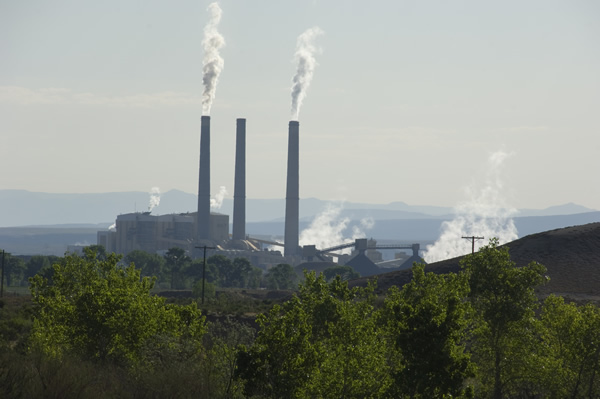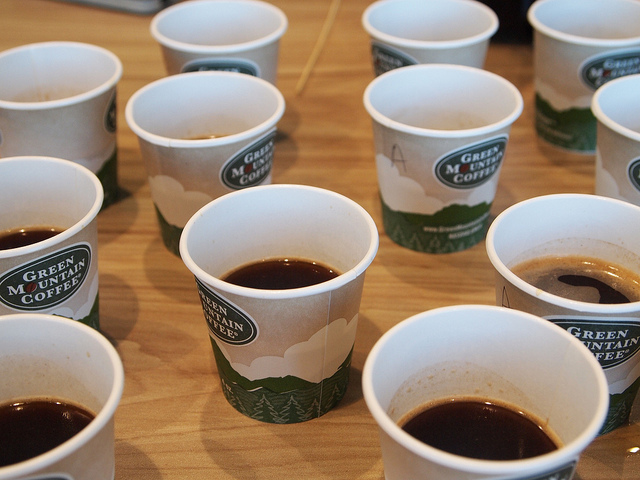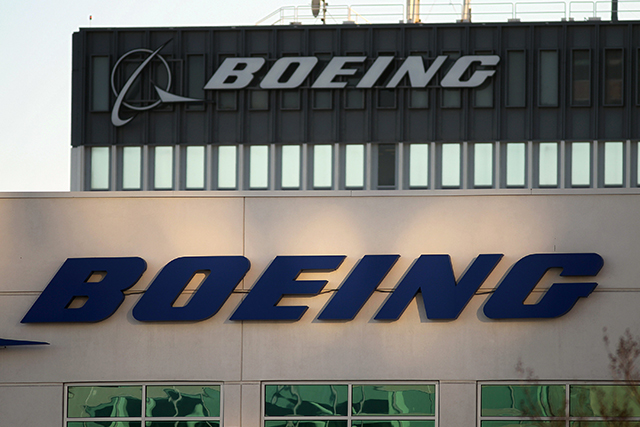If someone approached you on the street and asked for a dollar to promote mohair exports—or to perfect a weight-sensing skateboard—would you give it to him? Probably not. Yet these are enterprises you have unknowingly supported through paying your federal taxes.
Wasteful projects that should be far outside the scope of government are endemic across federal agencies and need to be eliminated. The problem is that Congress faces pressure from special interests and tough procedural hurdles that make it hard to shutter existing spending projects. And although the Government Accountability Office produces a report every year on ways the government can eliminate waste and save billions, it is often ignored.
The nation needs to adhere to former Secretary of Defense Donald Rumsfeld’s exhortation that “the Federal Government should be the last resort, not the first,” when considering federal spending. According to Heritage’s Romina Boccia, an effective solution would be to establish an independent Waste Commission that “could overcome the budget process’s tendency toward wasteful spending on failed and duplicative programs, and encourage lawmakers to eliminate and consolidate federal operations where appropriate.” The commission would present its recommendations to Congress, which would consider the reforms in a simple, unamendable up-or-down vote.
The Daily Signal depends on the support of readers like you. Donate now
Such a committee could review the worth and effectiveness of the following federal programs:
The USDA Market Access Program
The USDA provides $173 million to American businesses through this program designed to boost international sales. MAP has used taxpayer funds to provide transportation for bourbon-swilling journalists, promote the mohair industry and create an animated squirrel for walnut advertisements.
International Trade Administration Market Development Cooperator Program
This program supports “projects that enhance the global competitiveness of U.S. industries.” According to Sen. Tom Coburn’s Wastebook, the program spent $284,300 of federal funds to send American indie music executives on an international tour to promote the “independent” music industry.
International Trade Administration’s Featured U.S. Exporters Program
The FUSE program helps American businesses export their products. Beneficiaries of federal funds through FUSE include ventures such as Ganache for Lips lip balm and iWood, a wooden sunglasses manufacturer.
Department of Energy Research and Development Subsidies for Conventional Fuels
Despite the government’s continuous diatribe against fossil fuels, the DOE actually spends $593 million subsidizing research and development to advance coal, natural gas, oil and other fossil energy technologies. These subsidies are not only counterintuitive; they also harm the energy industry.
DOE’s Office of Energy Efficiency and Renewable Energy, Advanced Manufacturing Office Grant Program
The DOE provides taxpayer money to “green” technology companies in the form of grants through this program. One example includes a $2.5 million grant to TIAX LLC to work with Green Mountain Coffee to reduce the energy used in roasting coffee beans.
National Technical Information Service
The NTIS catalogues scientific and research papers that can be ordered by taxpayers for a fee. Yet the vast majority of the NTIS catalogue is accessible online at no cost to the user. Although the NTIS is supposed to be self-funding, it loses money annually.
Small Business Association’s Startup America Partnership
This program promises to invest $2 billion of public money in start-ups over five years. Some of the vital enterprises sponsored by this government program include a weight-sensing skateboard and a Lollipop dispensary.
The Export-Import Bank
The Ex-Im bank handed out $27.3 billion in taxpayer-backed subsidies for favored businesses during 2013. The bank claims to help small businesses, but the largest recipients of taxpayer loans include huge corporations such as Boeing, which has profited from 197 Ex-Im deals worth $48 billion over the last five years.
USDA’s Farmer’s Market and Local Food Promotion Program
Foodies and locavores rejoice! Starting this year, the USDA will shell out $30 million to help establish trendy farmers’ markets and promote local food. Add this to the glut of other subsidies agriculture special interests receive from the government.
These are just some examples of egregious and systematic misuse of government funds, but they are representative of a government that has far overstepped its bounds when it comes to spending. Establishing an independent commission that could more effectively root-out such projects would be a big victory for taxpayers.






































